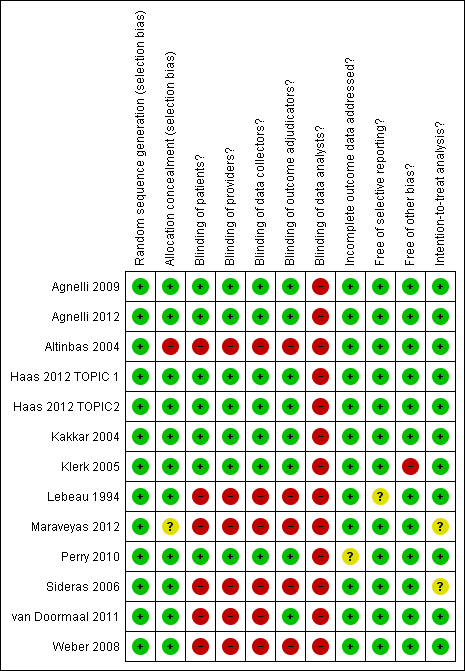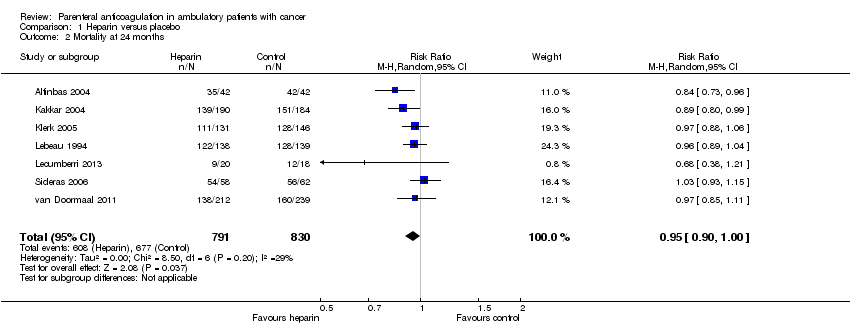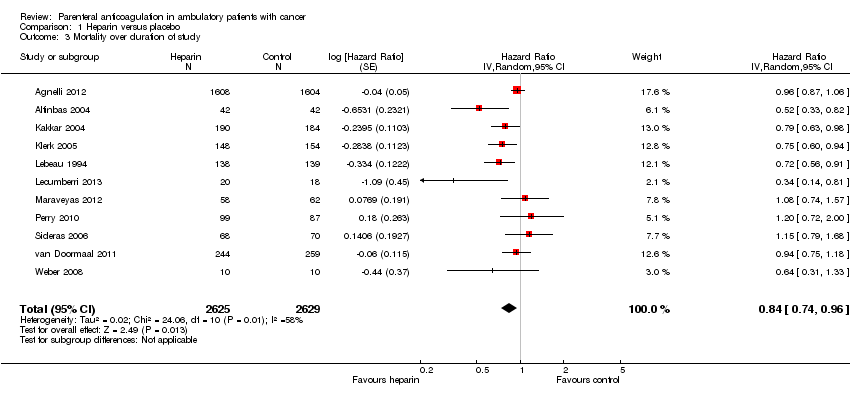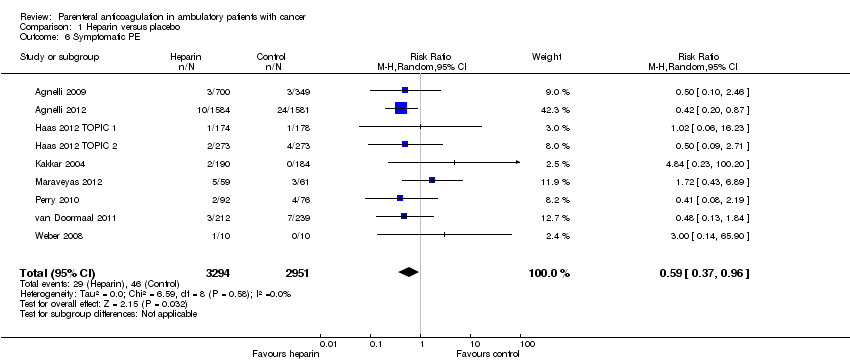Contenido relacionado
Revisiones y protocolos relacionados
Elie A Akl, Lara A Kahale, Maram B Hakoum, Charbel F Matar, Francesca Sperati, Maddalena Barba, Victor ED Yosuico, Irene Terrenato, Anneliese Synnot, Holger Schünemann | 11 septiembre 2017
Charbel F Matar, Lara A Kahale, Maram B Hakoum, Ibrahim G Tsolakian, Itziar Etxeandia‐Ikobaltzeta, Victor ED Yosuico, Irene Terrenato, Francesca Sperati, Maddalena Barba, Holger Schünemann, Elie A Akl | 11 julio 2018
Lara A Kahale, Maram B Hakoum, Ibrahim G Tsolakian, Fadel Alturki, Charbel F Matar, Irene Terrenato, Francesca Sperati, Maddalena Barba, Victor ED Yosuico, Holger Schünemann, Elie A Akl | 19 junio 2018
Lara A Kahale, Ibrahim G Tsolakian, Maram B Hakoum, Charbel F Matar, Maddalena Barba, Victor ED Yosuico, Irene Terrenato, Francesca Sperati, Holger Schünemann, Elie A Akl | 1 junio 2018
Aniek AG Zee, Kelly van Lieshout, Maaike van der Heide, Loes Janssen, Heinrich MJ Janzing | 6 agosto 2017
Lara A Kahale, Charbel F Matar, Ibrahim G Tsolakian, Maram B Hakoum, Maddalena Barba, Victor ED Yosuico, Irene Terrenato, Francesca Sperati, Holger Schünemann, Elie A Akl | 8 octubre 2021
Lara A Kahale, Charbel F Matar, Maram B Hakoum, Ibrahim G Tsolakian, Victor ED Yosuico, Irene Terrenato, Francesca Sperati, Maddalena Barba, Holger Schünemann, Elie A Akl | 8 diciembre 2021
Sherab Bhutia, Peng F Wong | 16 julio 2013
Roni Bitterman, Noa Eliakim‐Raz, Inbal Vinograd, Anca Zalmanovici Trestioreanu, Leonard Leibovici, Mical Paul | 1 febrero 2018
Lindsay Robertson, Lauren E Jones | 9 febrero 2017
Respuestas clínicas Cochrane
Sera Tort, Karen Pettersen | 13 agosto 2020
Sera Tort, Simone Mocellin | 14 septiembre 2016
















